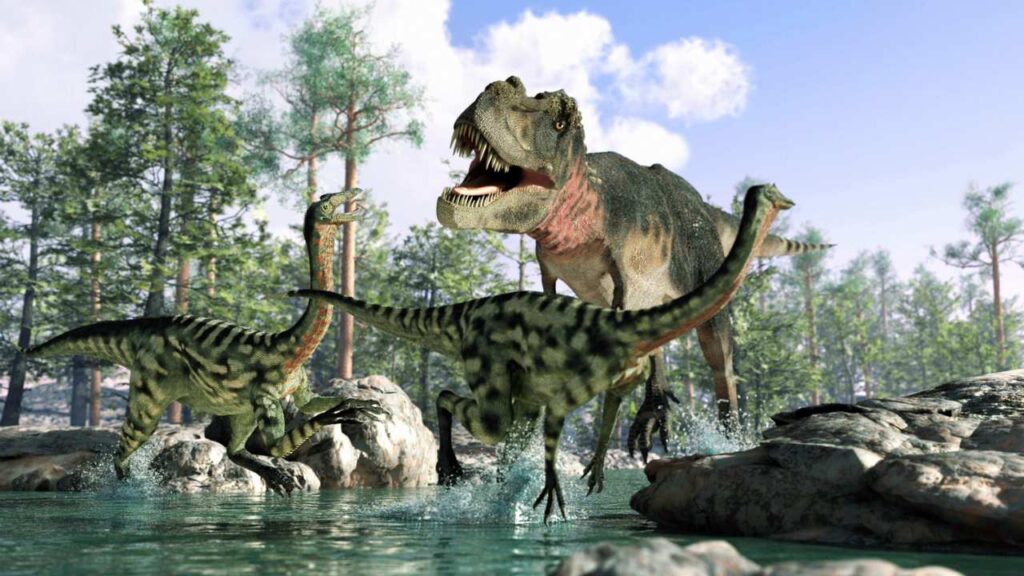Dinosaurs ruled the Earth for millions of years before mysteriously vanishing. Scientists have proposed many theories to explain their extinction, each offering a fascinating glimpse into Earth’s ancient past. Here are 15 theories on why dinosaurs really went extinct.
1. Asteroid Impact
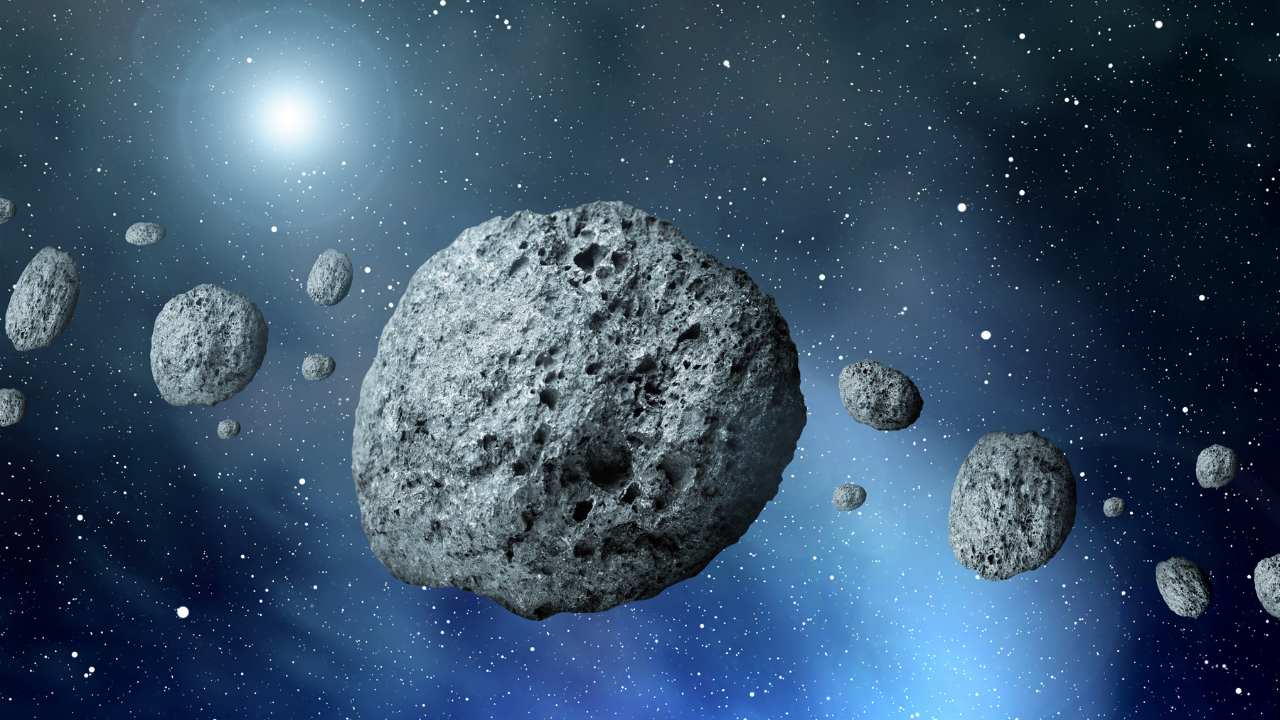
The most popular theory suggests a giant asteroid hit Earth, creating the Chicxulub crater in Mexico. This impact caused massive fires, tsunamis, and a “nuclear winter,” drastically changing the climate and killing the dinosaurs.
2. Volcanic Eruptions
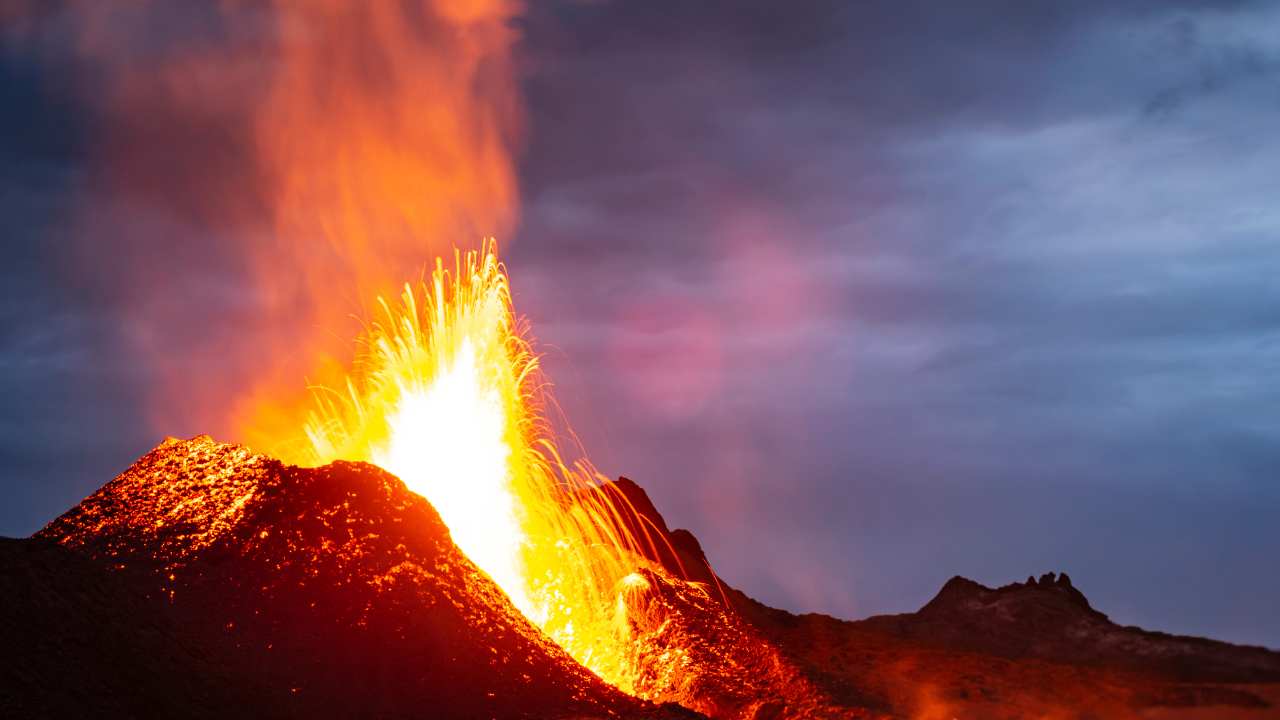
Massive volcanic eruptions, especially in the Deccan Traps in India, could have spewed ash and gases into the atmosphere. This would have led to severe climate changes, making it difficult for dinosaurs to survive.
3. Climate Change
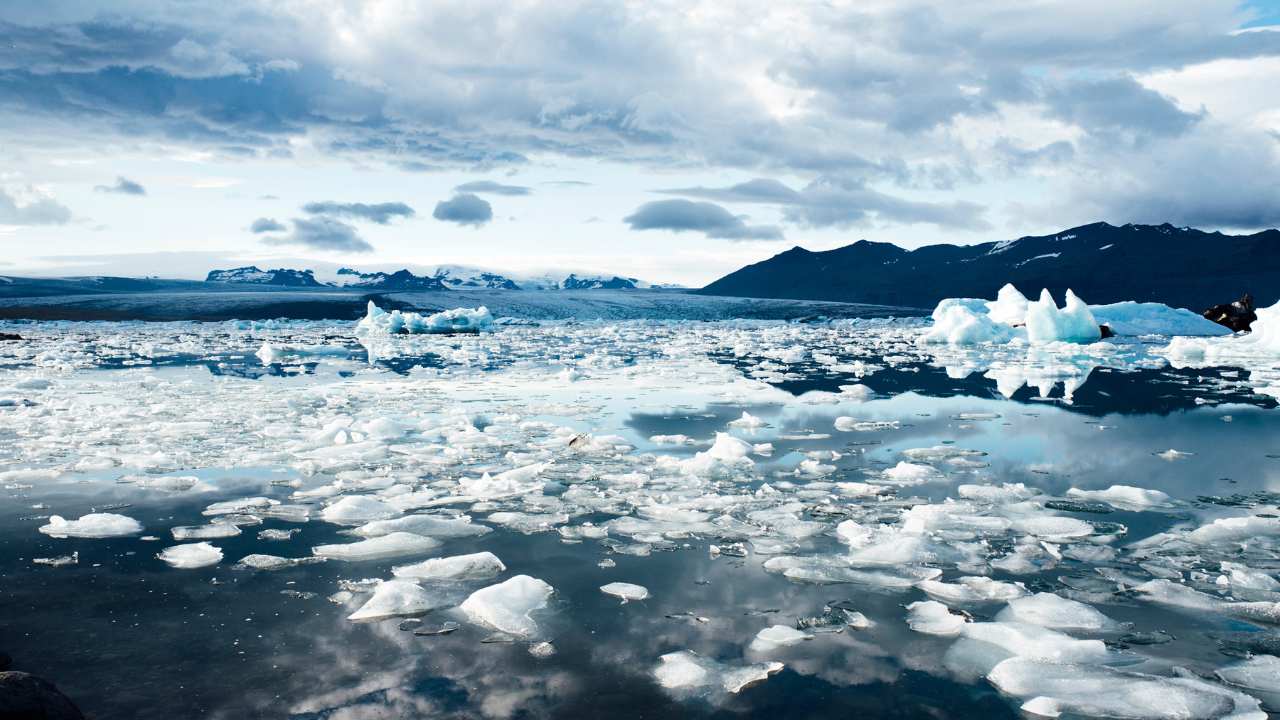
Gradual climate change over millions of years might have altered the environment too much for dinosaurs to adapt. Changes in temperature and sea levels could have disrupted their food sources and habitats.
4. Disease

Widespread disease could have played a role in the extinction of dinosaurs. A pandemic among dinosaur populations might have weakened or wiped out entire species, making it harder for them to survive.
5. Changing Plant Life

The evolution of flowering plants (angiosperms) might have replaced the vegetation that dinosaurs depended on. This sudden change in their food supply could have contributed to their decline.
6. Competition from Mammals
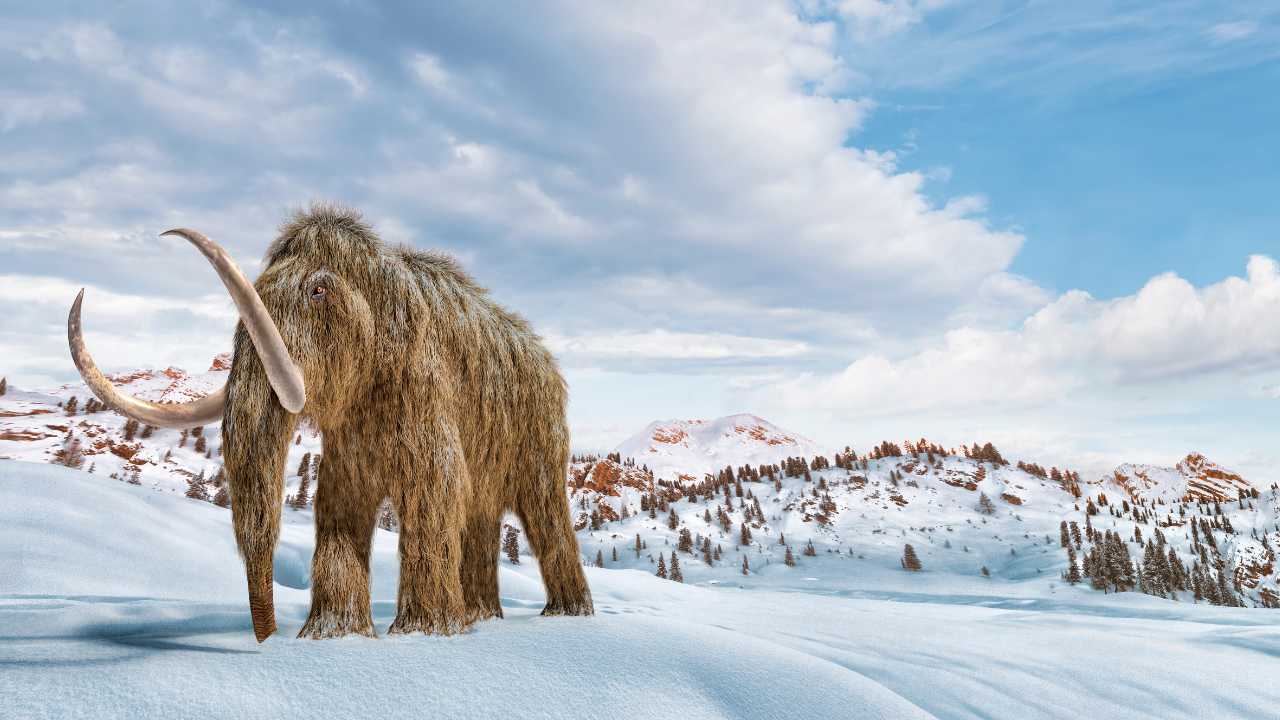
As mammals began to evolve and diversify, they might have competed with dinosaurs for resources. This competition for food and habitats could have stressed dinosaur populations.
7. Ocean Acidification

Changes in the chemistry of the oceans, possibly due to volcanic eruptions or asteroid impacts, could have led to ocean acidification. This would have affected marine life and disrupted the food chain, impacting land-dwelling dinosaurs.
8. Sea-Level Changes
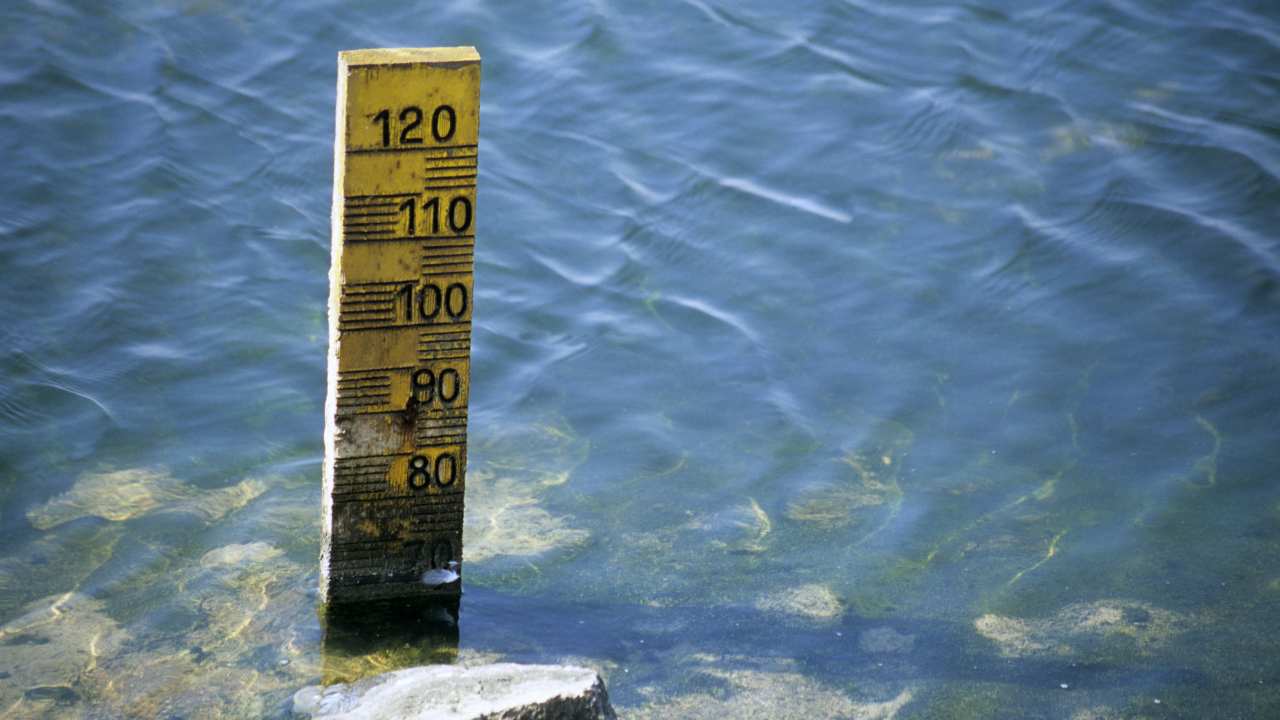
Fluctuations in sea levels could have altered the landscapes where dinosaurs lived. Rising or falling sea levels might have destroyed habitats and food sources, leading to their extinction.
9. Supernova Explosion
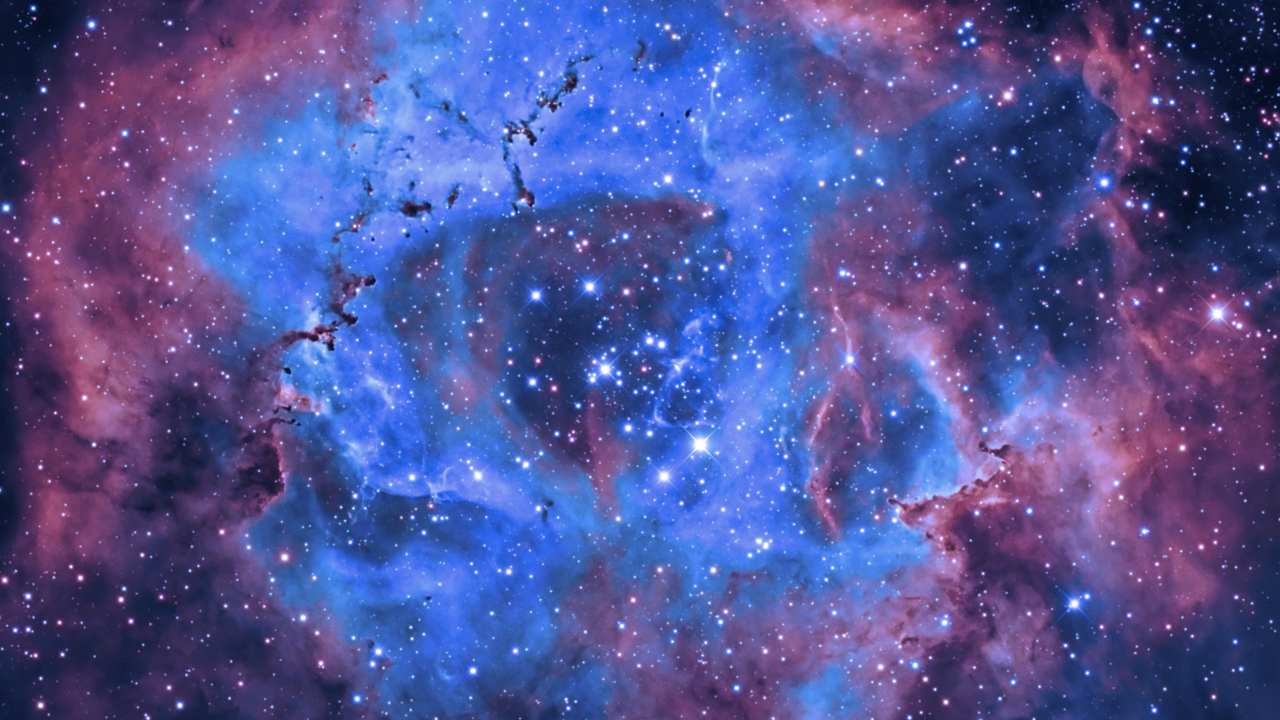
Some scientists suggest a nearby supernova explosion could have showered Earth with harmful radiation. This radiation could have caused mutations and health problems in dinosaurs, contributing to their extinction.
10. Earth’s Magnetic Field Reversal
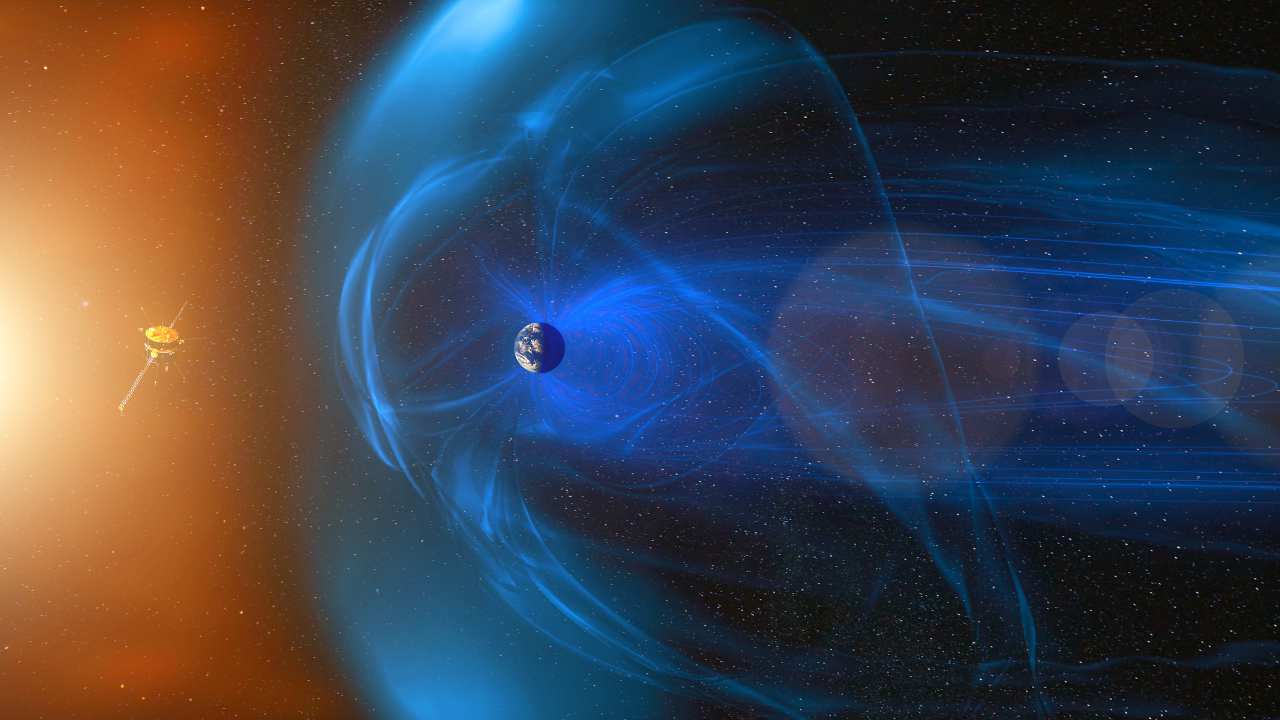
Earth’s magnetic field has reversed many times in history. A reversal during the dinosaur era could have weakened the magnetic shield, exposing the planet to more solar radiation and affecting the climate and ecosystems.
11. Methane Release

Large releases of methane gas from under the sea or from melting permafrost could have drastically changed the climate. This sudden climate shift might have made the environment inhospitable for dinosaurs.
12. Nutrient Deficiency

Changes in the Earth’s environment could have led to a lack of essential nutrients in the soil and water. This nutrient deficiency might have affected plant life and, consequently, the dinosaurs that fed on those plants.
13. Temperature Extremes

Extreme temperature fluctuations, either very hot or very cold, could have made survival challenging for dinosaurs. They might not have been able to adapt quickly enough to these harsh conditions.
14. Gamma-Ray Burst
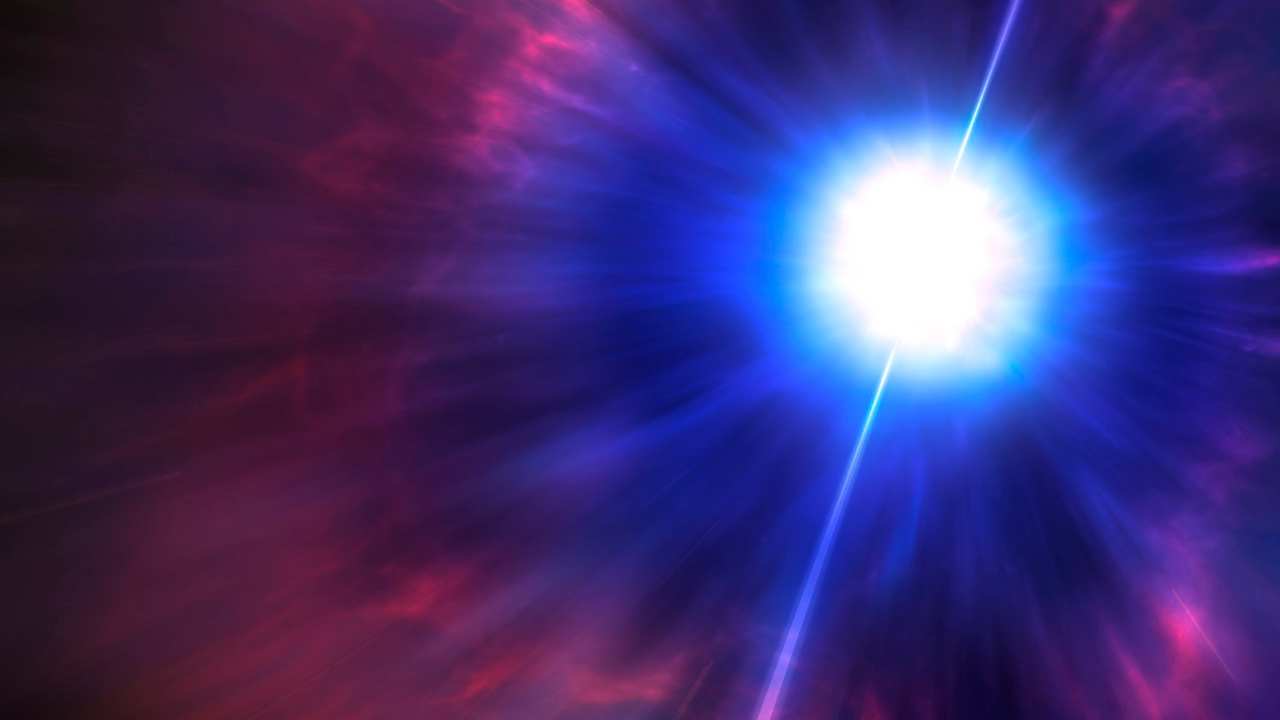
A gamma-ray burst, a highly energetic explosion in space, could have hit Earth, damaging the atmosphere and increasing radiation levels. This event might have had catastrophic effects on dinosaur life.
15. Comet Impact

Similar to the asteroid theory, a comet impact could have caused widespread destruction and climate change. The aftermath of such an impact could have led to the extinction of the dinosaurs.
Becky is a fervent wildlife enthusiast and pet care expert with a diploma in canine nutrition. Her love for animals stretches beyond the domestic, embracing the wild tapestry of global fauna. With over a decade of experience in animal welfare, Becky lends her expertise to OutlandishOwl through insightful articles, captivating wildlife information, and invaluable guidance on pet nutrition. Her work embodies a deep commitment to understanding the intricate lives of animals and a passion for educating others on sustaining natural habitats. Becky's hands-on conservation efforts and her knack for translating complex dietary science into practical pet feeding tips make her an indispensable voice for creatures great and small.

